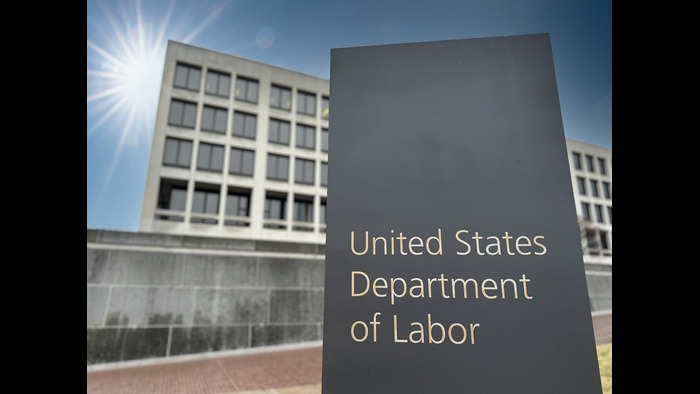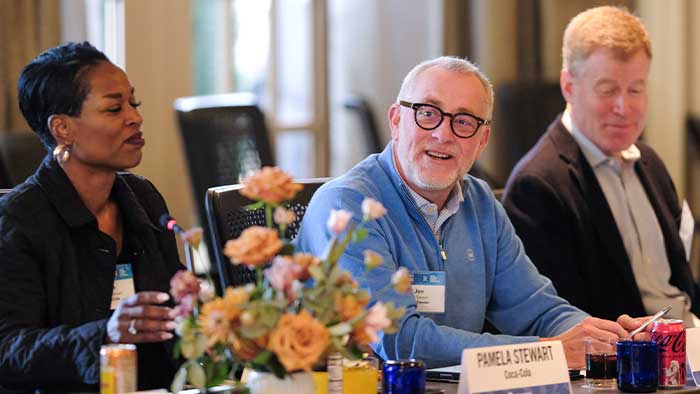The Data Says – Say Thank You

At the 2022 Retail Workforce Summer Summit, talent retention and recruitment were major discussion topics. We all know by now the historic rates of layoffs and furloughs in 2020, unemployment and understaffing in 2021, and the hard-felt barriers preventing workers from returning, like access to childcare and a remaining fear of COVID-19. Although those major concerns will continue for the near and potentially long term, there are strategies that leading retailers can deploy to ensure their workforce is satisfied and to limit their participation in the Great Resignation roller coaster ride. The first step is understanding the data.
UKG prides itself on being able to dissect and understand high-frequency data providing leading indicators about the direction of the labor market. Before we can develop effective people strategies, we must know the facts on the ground, and the media narrative rarely tells the whole story. Per the UKG Workforce Activity Report, the retail, hospitality, and food service sector is now operating at 96% of its pre-pandemic workforce activity level. Sounds good, right? But with consumer activity reaching well over 100% of pre-pandemic levels, we need to ask ourselves why retail workforce activity hasn’t exceeded pre-pandemic markers, too?
Looking outside our own data, and beyond retail, there are just under 11 million open jobs in the U.S., and 4.8 million more jobs than there are unemployed people to fill them. Labor force participation is at a historic low among women aged 35-54 who have not yet returned to work at pre-pandemic levels. And across demographics, quit rates—which have been steadily rising for years--are spiking.
We have to ask ourselves: “What is happening out there and what do we do?”
The answer cannot only be money. Wages are increasing at a torrid pace, but it is not stemming the labor market mobility and volatility. In fact, we are finding that pay may get people to move in the short term, but it is not keeping those people for long. A 2022 study by UKG found 43% of people who quit their jobs during the pandemic say they were better off at their old job—and one out of five of those have already boomeranged back.
Data also suggests that compensation is lower on the list of priorities than most employers generally think. The top three demands from employees from recent reporting by Ankura are the ability to make a difference, feeling valued, and structured mentoring. And meeting the simplest desire of your workers is as easy as saying “thank you.”
These intangible benefits are best distributed by engaged and effective managers. We all know that people leave bad managers, not companies. Our aim should be to elevate our frontline managers by instilling concepts around mentorship, empathy, and connection with their workers. The money is important, but the compensation arms race is not a long-term winning strategy. Leading retailers who include both strong compensation and benefits with the intangible desires of their workers—things like flexibility, belonging, empowerment, and inclusion—will be positioned to help their people get off the resignation ride and build a durable retail workforce for the 21st century.
David Gilbertson
Vice President, UKG



